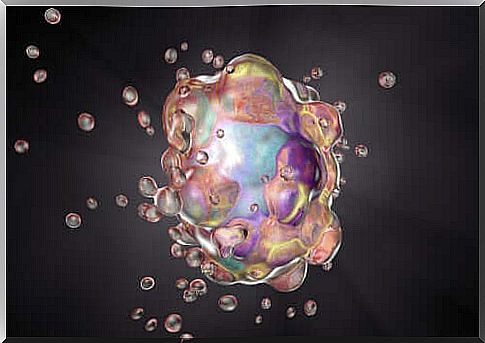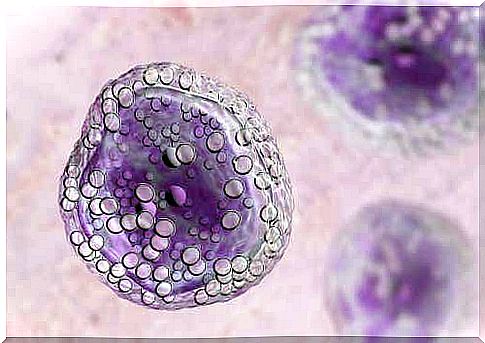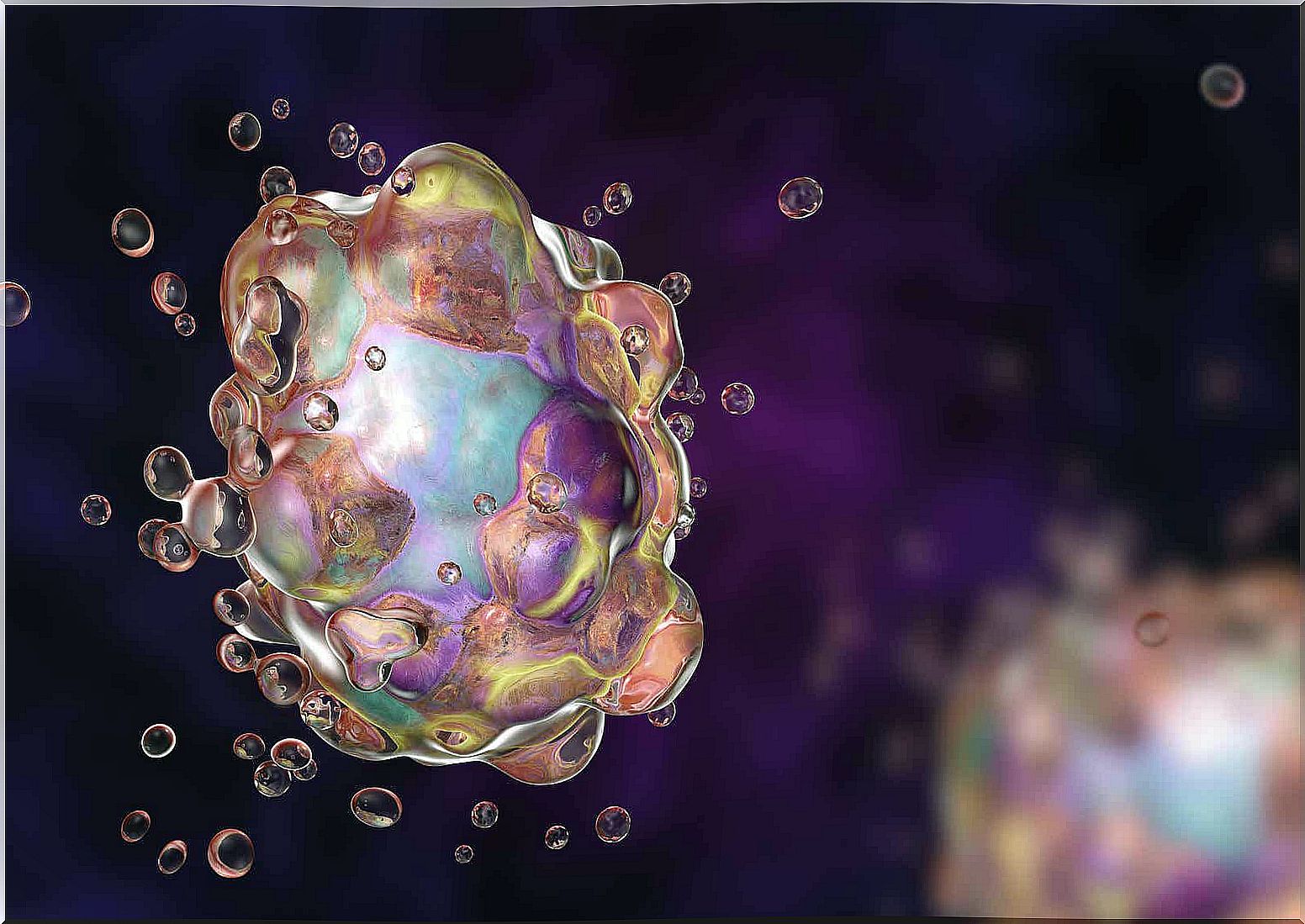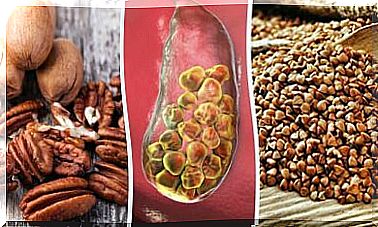Apoptosis And Necrosis: Discover The Differences

Apoptosis and necrosis are two terms that refer to cell death. This is a normal process. The number of cells in specific organs is determined by the homeostatic balance between the formation of new cells and the death of used ones.
Apoptosis is a natural process. It is therefore programmed genetic and responds to homeostatic mechanisms. However, sometimes there is an error in its activation, which can cause problems.
Necrosis, on the other hand, is an acute process caused by massive cell damage.
Cellular mechanisms: apoptosis and necrosis

Cell death, this termination of function, is caused by changes in structure, function and chemistry. It can be caused by cessation of functioning, mechanical damage, infection, the influence of chemicals, nutrient deficiency and others.
Apoptosis and necrosis are caused by different mechanisms. Find out about their characteristics.
Necrosis
Necrosis is an acute non-physiological process caused by tissue damage. It can occur, for example, as a result of situations such as:
- Infarct.
- Ischemia.
- Poisoning with toxins.
Necrosis is caused by the action of toxins, lack of oxygen, severe damage, or other factors that impair ATP function. ATP is a substance that provides cells with energy. Without it, they cannot work.
Lack of energy causes disorganization of cell organelles and other structures that perform important functions in life. The cytoplasm, i.e. the inside of the cell, is destroyed. Necrosis includes the destruction or impairment of the functions of such structures as:
- Endoplasmic reticulum (responsible for the synthesis and transport of substances) and mitochondria.
- Chromatin (where the DNA is).
- Cell membrane.
Necrosis disrupts DNA. As a result of damage to the cell membrane, the inside of the cell leaks out.
This process causes the cells of the immune system to go to the necrotic zone. Inflammation occurs.
Apoptosis

The process of apoptosis was discovered in 1972 while conducting histological research. In the 1990s, the genetic and cellular mechanisms involved in it were described. Thus, the cell death process may be natural or pathological, but does not result in loss of ATP. Apoptosis requires the flow of energy.
Genes initiate a series of biochemical reactions leading to changes in the structure of the cell and its death. It is a response to physiological circumstances or disease. Disease sometimes forces cell death. It consists in the condensation of cell organelles suspended in the cytoplasm.
Chromatin is not destroyed but condenses. It is not broken down by the immune system because it does not cause inflammation. It is absorbed by neighboring cells. This process occurs in individual cells, not in whole batches.
Summary
Apoptosis and necrosis are caused by different factors. They also differ in energy consumption, histological character and changes within DNA. As a result of the necrosis process, the cell membrane and organella are damaged. Apoptosis, on the other hand, is a process that affects individual cells, not whole pieces of tissue.









